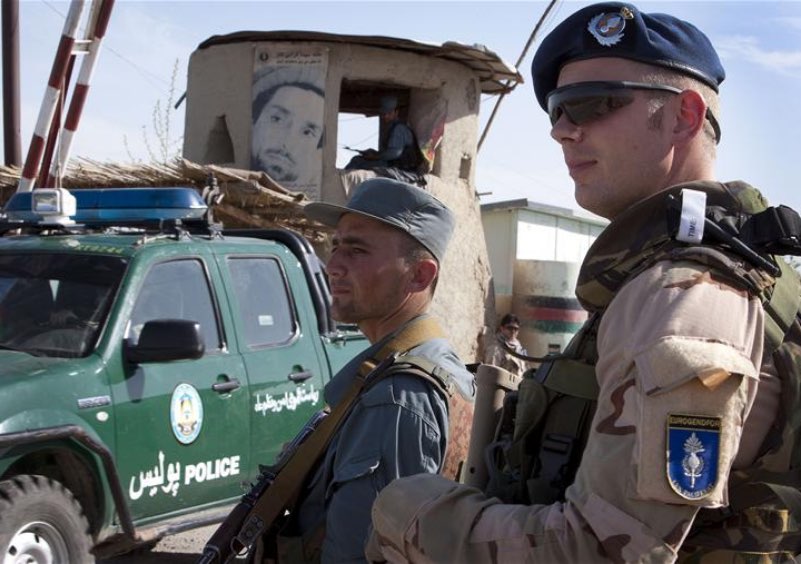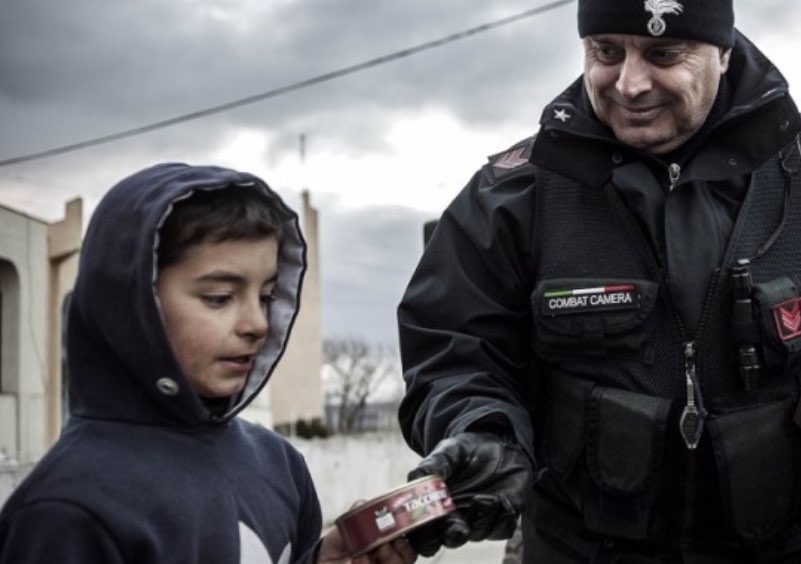What is Stability Policing
About NATO Stability Policing
The need for the NATO to be endowed with a military capability of civil police clearly emerged during the SFOR operation in Bosnia and Herzegovina. In 1997, the Allied Command Europe identified the so called “security gap” in the field of public order and security. The “security gap” was the grey area between the SFOR military capabilities, on the one hand, and the UN IPTF mission, with no executive powers, as well as the capabilities of the local police forces, often either incapable of or unwilling to enforce the law, on the other hand. In this grey area nobody either could or wanted to take responsibility. The gap was bridged by a military unit capable to perform the typical tasks of the civil police: the NATO Multinational Specialized Unit (MSU), made up of gendarmerie-type forces (GTF – also called police force with a military status, PFMS), which are military forces with full civil police capabilities. Since then, this model has been implemented several times and the deployed MSUs have received the contribution of the MP and of infantry forces trained for the specific mission. As a consequence, the concept itself of military forces performing police duties to cover the “security gap” has evolved in the current notion of Stability Policing (SP).

What does Stability Policing (SP) mean?
The NATO “Allied Joint Doctrine for Stability Policing” defines SP as: “Police-related activities intended to reinforce or temporarily replace the indigenous police in order to contribute to the restoration and/or upholding of the public order and security, rule of law, and the protection of human rights”.
SP focuses on the needs of the civil populace through supporting and, when necessary, temporary replacing the indigenous police forces when the latterare either unable or unwilling to perform the function themselves (AJP-3.4.1, AJP-3.4.5 & AJP-3.22).
SP includes a wide set of civil police activities. Yet, it cannot be really compressed within the limits of civil policing since it potentially embraces such a wide variety of activities that connections with other agencies or services are most likely to occur (AJP-3.22).

When and where is it conducted?
SP is performed in unstable areas/fragile States where NATO is engaged, throughout the spectrum of conflict, ranging from peace to high-intensity conflict (AJP-3.22). However, it is conceptually framed within the stabilization and reconstruction post-conflict process (AJP-1 (e), AJP-3 (b) & descending AJPs with special reference to AJP-3.4.5 (a)).
SP is also one of the three pillars of the Security Sector Reform process envisaged in AJP-1 (e) and in AJP-3 doctrinal series, which involves reforming security institutions so that they can play an effective and accountable role in providing internal and external security, as well as military assistance to civil authorities, that may require involvement in civil security tasks, including maintaining local law and order until appropriate civil authorities can take over their tasks.

What is the aim of Stability Policing?
The aim of SP is to establish a safe and secure environment (SASE), restore public order and security and contribute to create the conditions for effective governance. Throughout the spectrum of conflict, the initial goal of SP is to re-establish and maintain sufficient security for the local populace; afterwards, to re-establish law and order and to enforce the law and, eventually, to reinforce the local security institutions (AJP-3.22).

What is the added value of Stability Policing?
The actors of SP, in the wake of the MSU experience matured over almost two decades, and considering that SP focuses on the civil population, are notably the GTF/PFMS , which have full civil police capabilities, and the MP forces but other military forces can contribute with their specialized capabilities.

Is Stability Policing a function of the Military Police?
SP may be conducted by a wide range of military forces. Since it requires a civil-oriented mindset and a specialist approach to meet the needs and expectations of the civil population in order to be successful, the best suitable forces are the Gendarmerie type forces (GTF). In fact, SP is a function also for the MP, together with its traditional 4 functions, namely mobility support, security, detention and police (the latter as a policing function focused on the NATO force). Nevertheless, when the MP are called to perform SP duties they are not, conceptually, performing MP activities but civil police activities.

The added value of Stability Policing
Although policing of civilians is not a priority for the Alliance, situations have arisen in the past, currently exist and are likely to arise in the future, where NATO might need to strengthen Host Nation Law Enforcement Agencies and/or temporarily substitute them until a Follow on Force (e.g. another International Organizations such as UN, AU or EU) or the HN Law Enforcement Agencies take over.
SP is flexible and adaptive to overcome a rigid, combat-only response offering complementary, innovative and scalable solutions expanding the reach of the military instrument into the remit of policing